Ever caught yourself mindlessly demolishing a bag of chips while binging Netflix? Or scarfing down lunch at your desk without even tasting it?
You’re not alone. Most of us eat on autopilot these days, and it’s wrecking our relationship with food.
But here’s the good news: combining meal tracking with mindful eating can totally transform how you experience food. Let’s dive into why this combo is so powerful – and how it might just change your life.
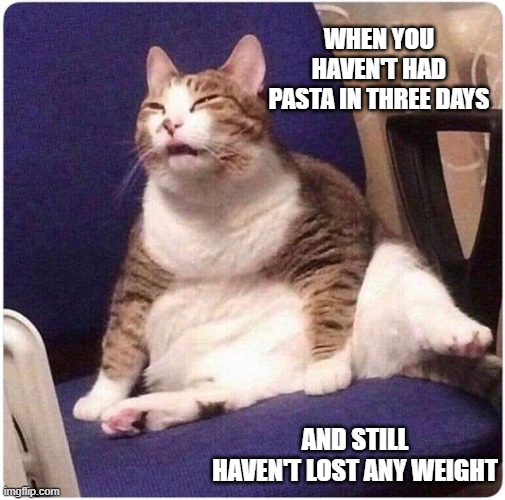
The Magic of Mindful Meal Tracking
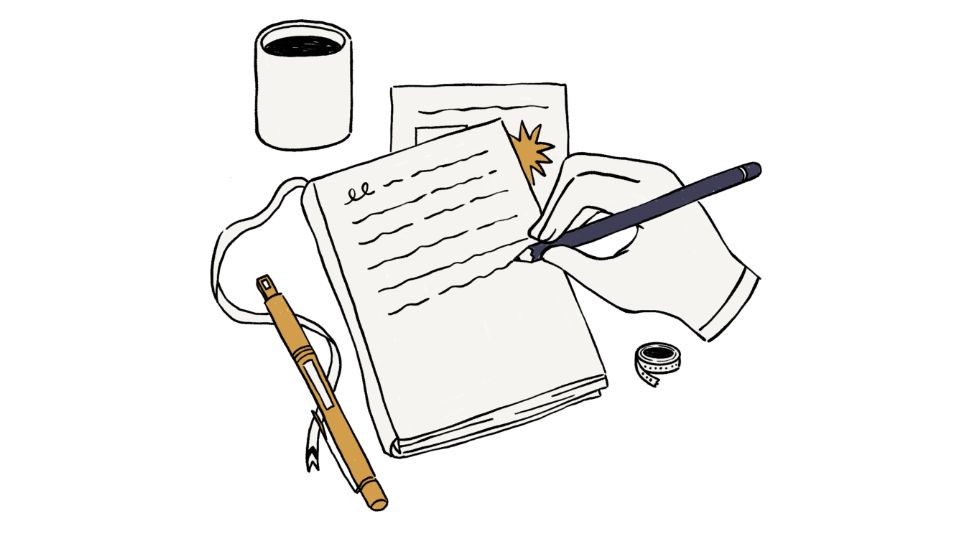
What the heck is mindful eating anyway?
Mindful eating is basically the opposite of scrolling through Instagram while inhaling your dinner.
It means actually paying attention to your food – savoring the taste, noticing the texture, appreciating the colors on your plate. It’s about tuning into your body’s real hunger and fullness signals without beating yourself up.
Unlike dieting (which let’s be honest, usually means restricting and feeling miserable), mindful eating focuses on two key things:
- Intention: Why am I eating right now?
- Attention: How am I experiencing this food?
This approach helps you figure out if you’re eating because you’re actually hungry or just bored, stressed, or saw a tasty-looking donut. According to research from Harvard Medical School, mindful eating can significantly improve your relationship with food.
Why combine tracking with mindfulness?
Tracking what you eat might sound like the opposite of being mindful and present, but they’re actually perfect partners. Here’s why:
You finally recognize actual hunger
When you track mindfully, you start noticing the difference between true hunger and just wanting to eat because you’re bored or emotional.You make way better food choices
As you become more aware of what you’re eating, you naturally gravitate toward foods that make you feel good rather than just taste good for 3 seconds.Portion control becomes natural
No more mindlessly eating half a pizza. Tracking helps you realize what appropriate portions look like, while mindfulness helps you feel satisfied with them.Your digestion actually improves
Eating slowly and chewing thoroughly (hallmarks of mindful eating) helps your body process food better. One study in the Journal of Nutrition found that mindful eating significantly improved digestive symptoms.Emotional eating takes a backseat
Tracking helps identify patterns, while mindfulness gives you the pause button you need before diving face-first into comfort food.Food becomes enjoyable again
When you actually pay attention to what you’re eating, meals become an experience rather than just fuel.
How to actually do this in real life
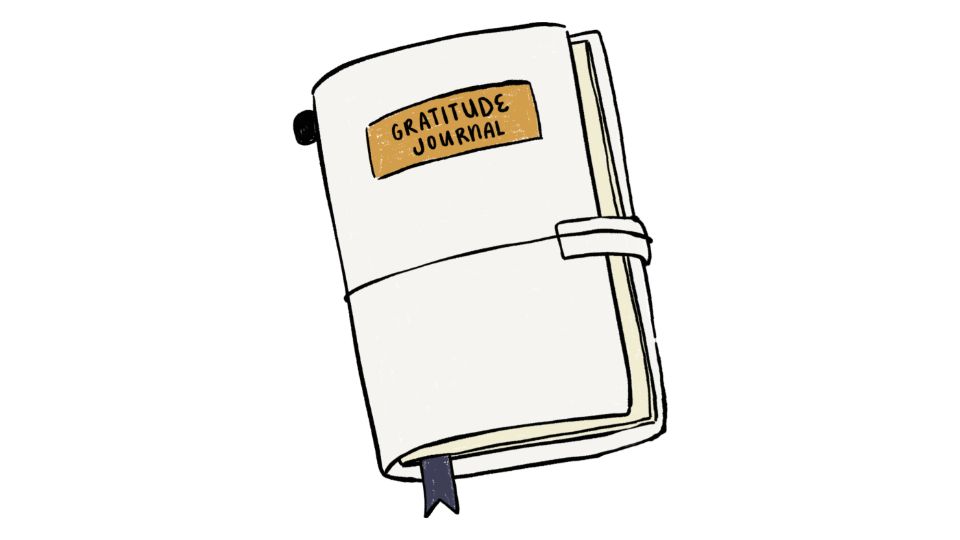
Create a distraction-free zone
Put down your phone (I know, I know). Turn off Netflix. Sit at an actual table. Take a deep breath before you start eating.Track consistently but not obsessively
Use a tracking tool that doesn’t suck the joy out of eating. Text-based tracking makes this super easy – just shoot a quick text after you eat.Engage your senses while you eat
Notice the colors on your plate. Smell your food before diving in. Chew slowly enough to actually taste what you’re eating. According to the American Journal of Clinical Nutrition, eating slowly leads to increased fullness and decreased energy intake.Check in with your body mid-meal
On a scale of 1-10, how full are you? Aim to stop at about a 7 or 8, not stuffed to the point of discomfort.Reflect after eating
How do you feel physically? Energized or sluggish? Satisfied or still searching for something? This reflection is gold for your tracking notes.
The science backs this up
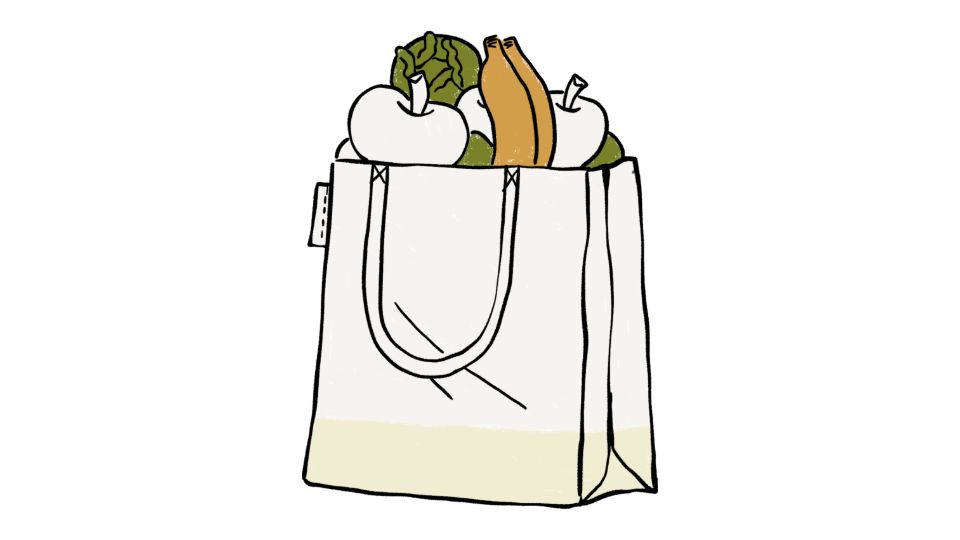
This isn’t just feel-good advice – there’s solid research behind mindful eating combined with tracking. According to a review in Current Obesity Reports, mindful eating interventions show significant improvements in:
- Binge eating behaviors
- Emotional eating
- External eating (eating just because food is there)
- Body weight (for those looking to manage it)
When you add tracking to this, you get the benefits of increased awareness plus objective data about your eating patterns.
It’s like having both the emotional intelligence and the analytical smarts to tackle your relationship with food.
Real talk: Tips for not messing this up
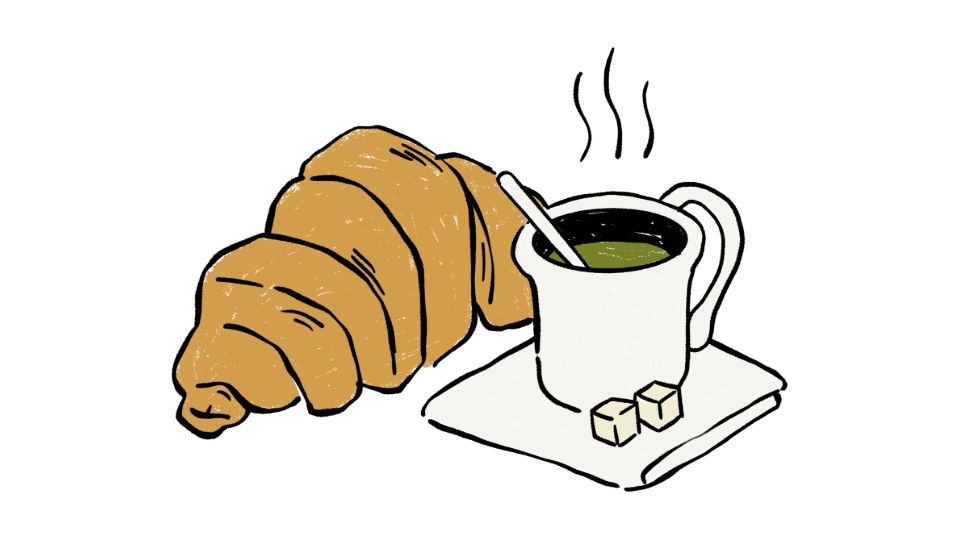
- Start small – Don’t try to be mindful for every single meal. Begin with one meal a day.
- Don’t turn tracking into judgment – You’re collecting data, not ammunition to beat yourself up.
- Be consistent – The magic happens when you stick with it long enough to see patterns.
- Celebrate wins – Notice when your digestion improves or when you actually enjoy a meal without distractions.
The goal here isn’t perfection. It’s progress toward a healthier relationship with food that nourishes both your body and mind.
By slowing down, appreciating your food, and thoughtfully tracking what you eat, you’re developing skills that will serve you for life.
And unlike that crash diet you tried last January, this approach actually sticks because it’s about adding awareness, not restrictions.
Want to make tracking super simple so you can focus on the mindfulness part?
Check out how MealByMeal lets you text your meals instead of fiddling with complicated apps – because the easier tracking is, the more likely you’ll stick with it.



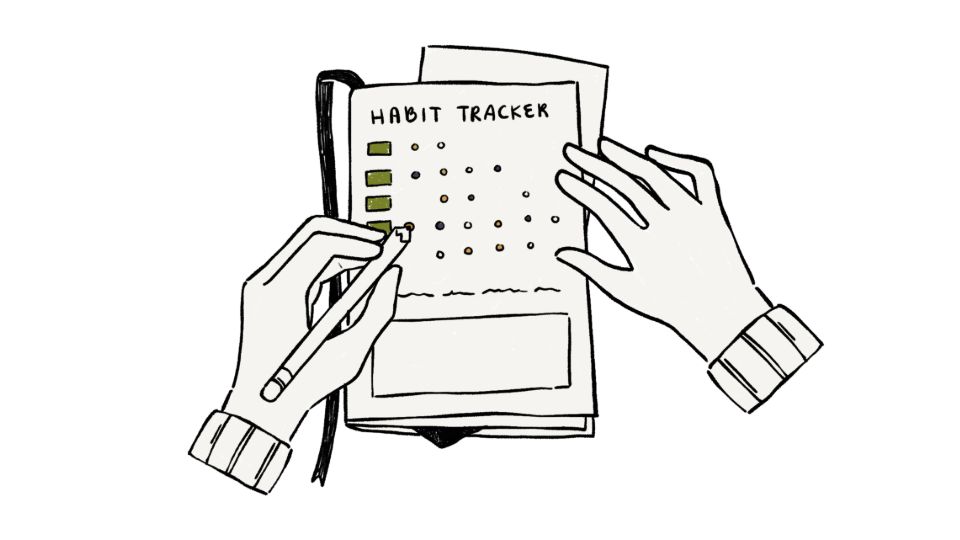
Leave a Reply